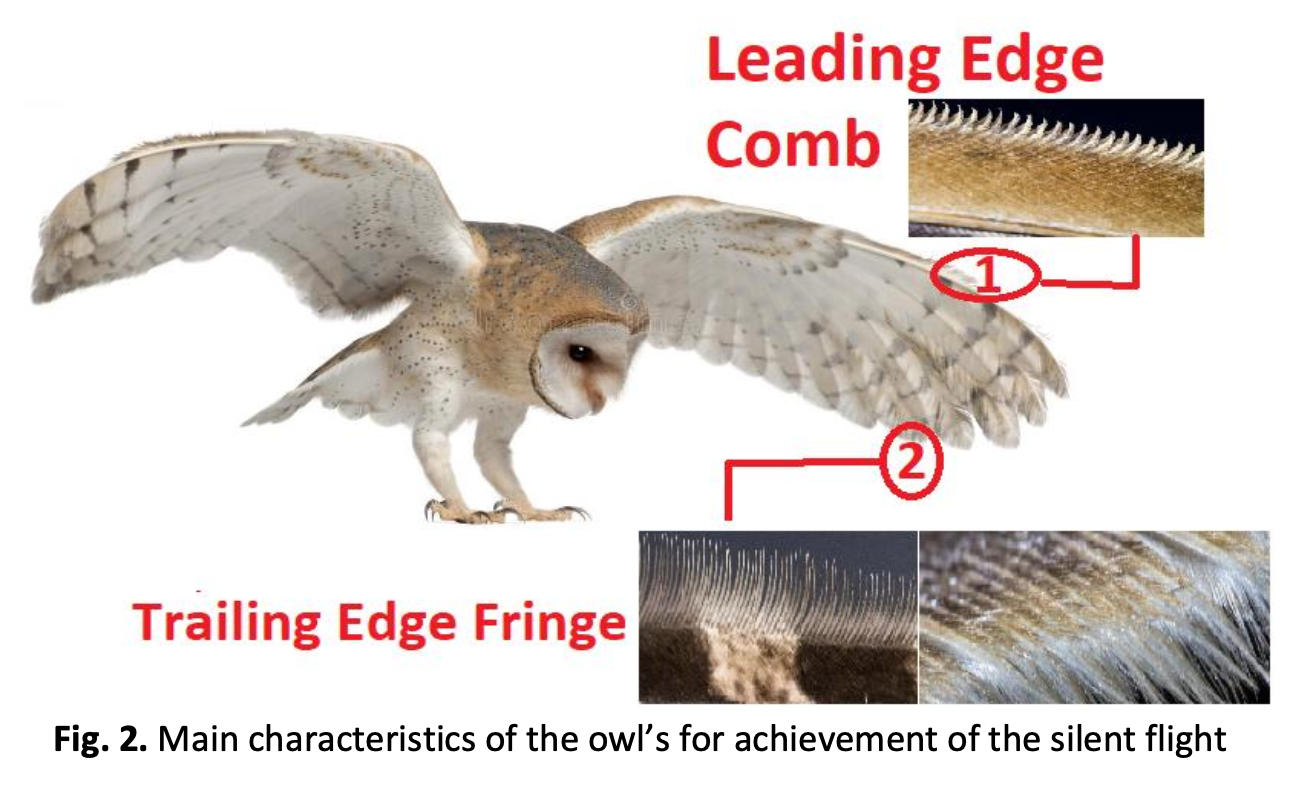Turbulent Airflows over Serrated Wings: A Review on Experimental and Numerical Analysis
DOI:
https://doi.org/10.37934/arfmts.109.1.2740Keywords:
Airfoils, acoustics, serrated, sound pressure level, noiseAbstract
The serrations on the blade's cutting edge and trailing edge are supposed to assist humans deal with noise, but the main idea is for research and use in nature. This research examines trailing edge extension hydrodynamics. Further, reducing the turbulent wake intensity behind the TE increases aerodynamic performance while leaving the static pressure distribution (as averaged across the span) substantially unaffected. Computational Aero-Acoustics simulates aerodynamic and acoustic reactions. This work discusses the experimental and computer simulations of turbulent flows. This paper provides the research to the technical community in the energy field (often non-specialists of turbulent flow investigations) with a summary of experimental and numerical techniques for investigating flows over a serrated wing, with a focus on the airfoil's self-noise generation mechanism and its main fields of application. The reader can use the given bibliography to determine the best method for the case of interest. This purpose means the individual tactics aren't discussed further. Given the breadth of acoustics, the experimental and numerical methods in this study can be used to forecast noise across serrated wings. It verifies that both strategies are still necessary, performing unique but complementary tasks.
Downloads






























